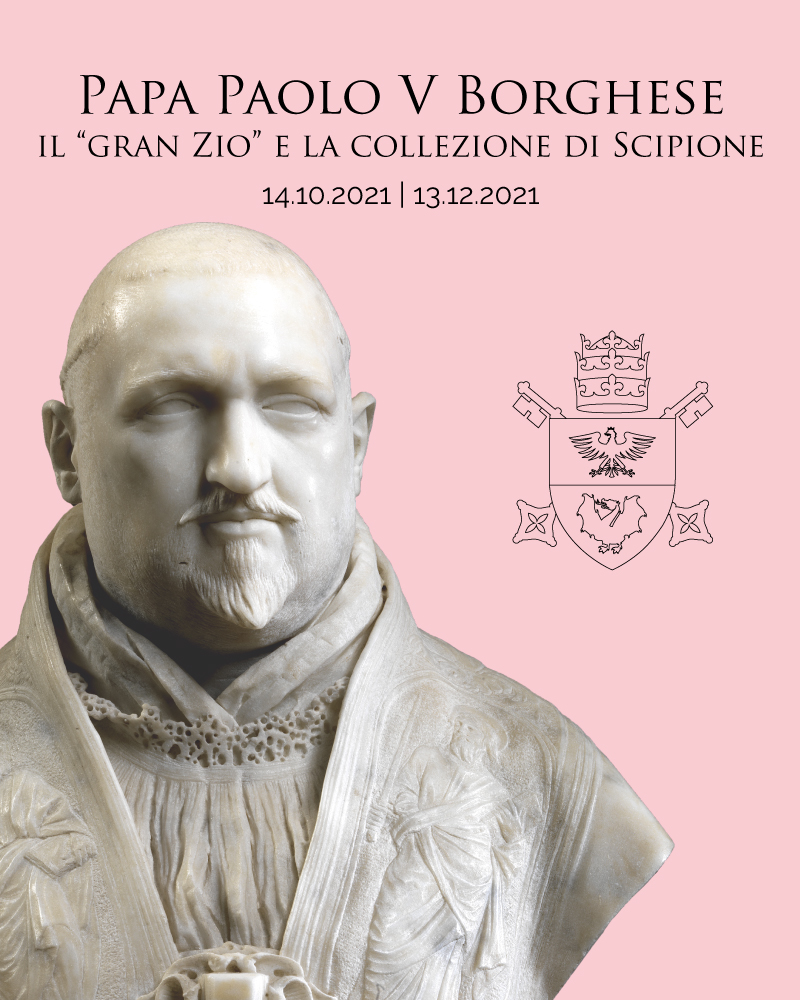Pope Paul V Borghese

Pope Paul V Borghese: the “great Uncle” and Scipione’s collection
In the brief eulogistic poem dedicated to Cardinal Scipione Caffarelli Borghese, this is how Scipione Francucci defined Camillo Borghese (Rome, 17 September, 1552 – 28 January, 1621), the then reigning Paul V: “great Uncle”, an example of moral virtues and an excellent model for his nephew.
During the years of his pontificate (1605-1621), Paul V sponsored numerous great works. He had the basilica of San Pietro completed, commissioning Carlo Maderno to build the nave and the facade. For the expansion of the Palazzo del Quirinale, he commissioned Flaminio Ponzio, who with the Flemish Jan Van Santen, Italianized as Vasanzio, also designed the architectural project for the small Borghese palace, destined to house Scipione’s collections. Again he put Ponzio in charge of the construction of the family chapel in the Basilica of Santa Maria Maggiore, dedicated to the Madonna Salus Populi Romani, also called the Borghese or Paolina Chapel. In the field of what we would today call public works, on the other hand, it is worth mentioning the restoration of the Trajan aqueduct, which channelled springs from the area of Lake Bracciano, and the Aqua Alsietina, whose waters came from Lake Martignanom, interventions aimed at supplying water to homes in the Janiculum, where the monumental fountain of the Acqua Paola was erected, and to the Trastevere district.
Despite appreciating and promoting contemporary artists, such as Caravaggio, Guido Reni, Giovanni Baglione or the Cavalier d’Arpino, Paolo V was not the level of collector that Scipione was. Over the years, Scipione passionately and calmly put together an extraordinary collection of artworks, but Paolo’s actions certainly contributed to and supported his nephew’s success.
Four centuries after the pope’s death, the Galleria Borghese remembers this key figure in the history of the arts in Rome by creating a path that indicates the works connected to his life and actions. This includes sculptures, paintings and mosaics that portray him, or commissioned works or gifts, or works connected to his specific wishes, such as the paintings that were seized in 1607 from the workshop of Cavalier d’Arpino, accused of illegal possession of weapons: in exchange for having his sentence annulled, the painter was forced to sell his collection of around 110 paintings, as well as books and drawings, to the pope, who later gave them to his nephew Scipione.
The selected works, spread over both floors, are enhanced by new captions bearing the papal coat of arms and QR Code. When they are scanned with a smartphone, the information pages published on the Galleria Borghese website come up, for which original audio content was created.